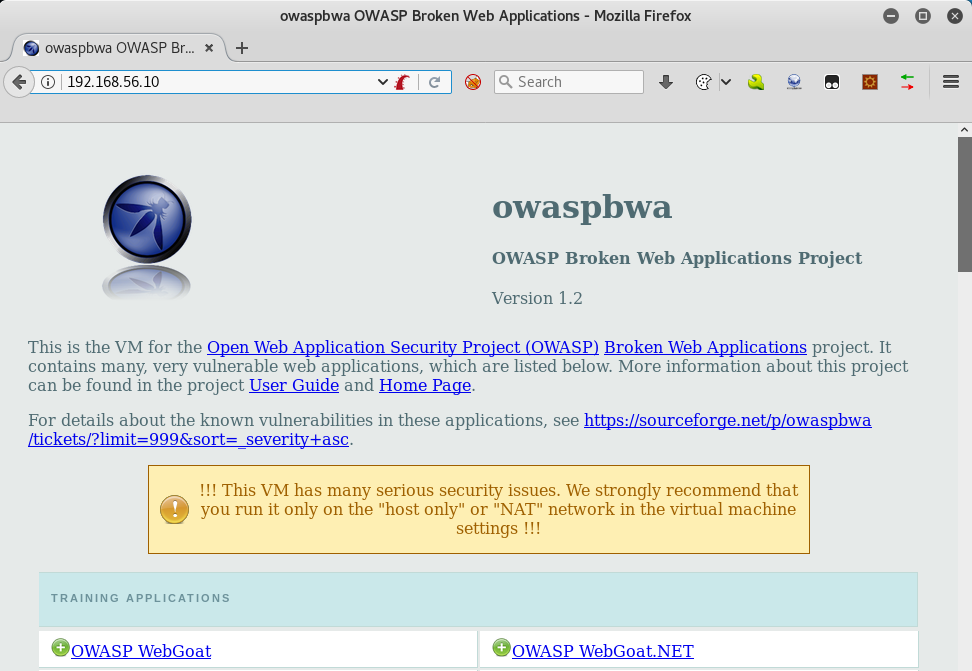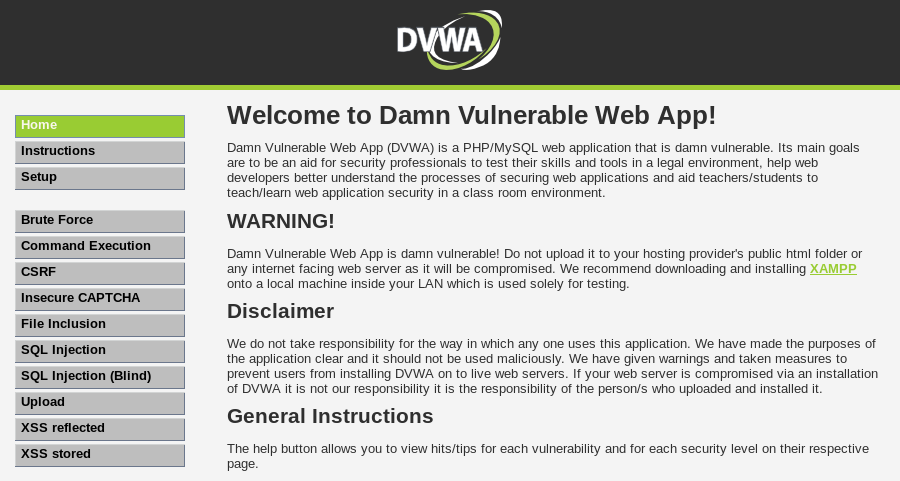OWASP BWA contains many web applications, intentionally rendered vulnerable to the most common attacks. Some of them are focused on the practice of some specific technique,
while others try to replicate real-world applications that happen to have vulnerabilities.
In this recipe, we will take a tour of our vulnerable_vm and get to know some of the applications it includes.






























































